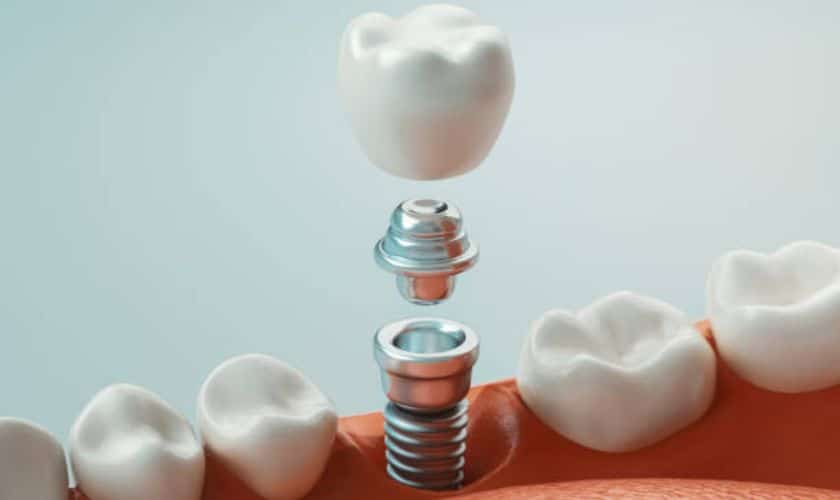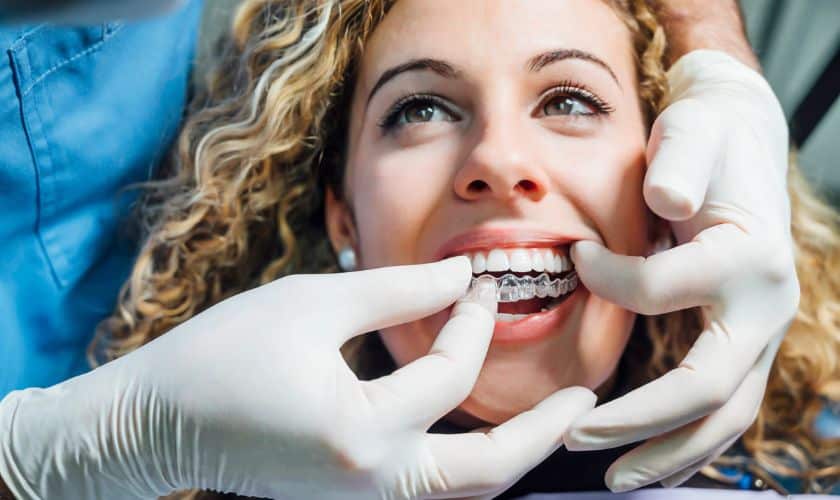Are you looking to achieve that perfect smile? Well, you’ve come to the right place. Cosmetic dentistry has become increasingly popular in recent years, with more and more people seeking professional help to enhance their smiles. But how do you choose the right cosmetic dentist for your needs? In this article, we will explore the various services provided by cosmetic dentists, offer tips on selecting the best one for you, and discuss the many benefits of seeing a cosmetic dentist. So, let’s dive in and discover how these dental experts can transform your smile into something truly extraordinary!
What Services Do Cosmetic Dentists Provide?
Cosmetic dentists offer a wide range of services to help improve the appearance of your smile. One standard procedure is teeth whitening, which can effectively remove stains and discoloration caused by coffee, tea, smoking, or simply aging. This non-invasive treatment can give you that pearly white smile you’ve always dreamed of.
Another popular service provided by cosmetic dentists is dental veneers, These thin shells are custom-made to fit over your natural teeth, providing a perfect solution for correcting chipped, stained, or misaligned teeth. Veneers enhance your smile’s appearance and add strength and durability.
If you have gaps between your teeth that make you self-conscious, cosmetic dentists can offer solutions such as dental bonding or orthodontic treatments like Invisalign. Dental bonding involves applying a tooth-colored resin to fill in gaps and reshape teeth. On the other hand, Invisalign uses clear aligner trays to gradually move teeth into proper alignment without the need for traditional metal braces.
In addition to these procedures, cosmetic dentistry encompasses dental implants for permanently replacing missing teeth, gum contouring to correct uneven gum lines, full mouth reconstructions for comprehensive restoration, and even facial aesthetics like Botox or dermal fillers to complement your rejuvenated smile.
With such an array of services available from cosmetic dentists today, there’s no reason you shouldn’t be able to achieve the beautiful smile you desire! So, let’s explore how we can choose the best cosmetic dentist who meets our specific needs and expectations.
How To Choose A Cosmetic Dentist
When it comes to choosing a cosmetic dentist, there are several factors you should consider. First and foremost, you want to find a dentist with experience and expertise in cosmetic dentistry procedures. Look for someone who specializes in this field and has the necessary training.
Next, take into account the reputation of the dentist. Read online reviews and ask for recommendations from friends or family members who have had cosmetic dental work done. A positive track record is essential when selecting a dentist.
Additionally, finding a dentist who makes you feel comfortable and at ease is important. Cosmetic dental procedures can sometimes be lengthy or involve multiple visits, so having a good rapport with your dentist is crucial.
Consider the range of services offered by the cosmetic dentist as well. Do they provide many treatments such as teeth whitening, veneers, or Invisalign? Access to various options ensures you can choose what best suits your needs.
Don’t forget about cost considerations. While quality should always be prioritized over price, evaluating if the services provided align with your budget is still important.
Considering these factors when choosing a cosmetic dentist will increase your chances of finding someone who meets your expectations and delivers exceptional results for your smile transformation journey!
What Are The Benefits Of Seeing A Cosmetic Dentist?
When it comes to the appearance of your smile, seeing a cosmetic dentist can offer numerous benefits. Here are some of the key advantages you can expect from visiting a cosmetic dentist:
Enhanced Smile: One of the primary benefits of seeing a cosmetic dentist is achieving an improved smile. Whether you have discolored teeth, gaps, crookedness, or other dental imperfections, a skilled cosmetic dentist can help improve your smile’s aesthetics.
Boost in Confidence: A beautiful smile can boost your self-confidence and improve your overall quality of life. You’ll feel more confident about showing off your pearly whites by addressing dental concerns through various cosmetic procedures.
Improved Oral Health: While focusing on enhancing the appearance of your teeth, cosmetic dentistry also plays a significant role in improving oral health. Procedures like dental veneers and crowns enhance aesthetics and strengthen damaged teeth for long-term oral health benefits.
Personalized Treatment Plans: Cosmetic dentists consider each patient’s unique needs and goals when creating personalized treatment plans. This ensures that every individual receives tailored care that addresses their specific concerns effectively.
Long-lasting Results: Another advantage of visiting a reputable cosmetic dentist is enjoying long-lasting results. With advancements in technology and materials in treatments such as porcelain veneers or dental implants, patients can expect durable outcomes that stand the test of time.
Innovative Techniques: Cosmetic dentistry continues to evolve with innovative techniques designed to provide optimal results with minimal patient discomfort or downtime. From laser whitening to Invisalign clear aligners, these modern approaches make achieving an ideal smile easier.
Choosing a highly skilled and experienced cosmetic dentist is crucial for attaining these benefits. Take the time to research different practitioners in your area who specialize in cosmetic dentistry before making an informed decision on whom to trust with transforming your smile!
Source: Simon Chard
Choosing a cosmetic dentist is an important decision that can significantly impact your smile and overall oral health. By taking the time to research and consider various factors, you can find a cosmetic dentist who meets your needs and provides the highest level of care.
By following these guidelines and doing thorough research, you’ll be well on your way to finding the right cosmetic dentist to help transform your smile into one you are proud of!
So take that first step towards achieving the dazzling smile you’ve always wanted by finding an experienced and skilled cosmetic dentist near you today!








